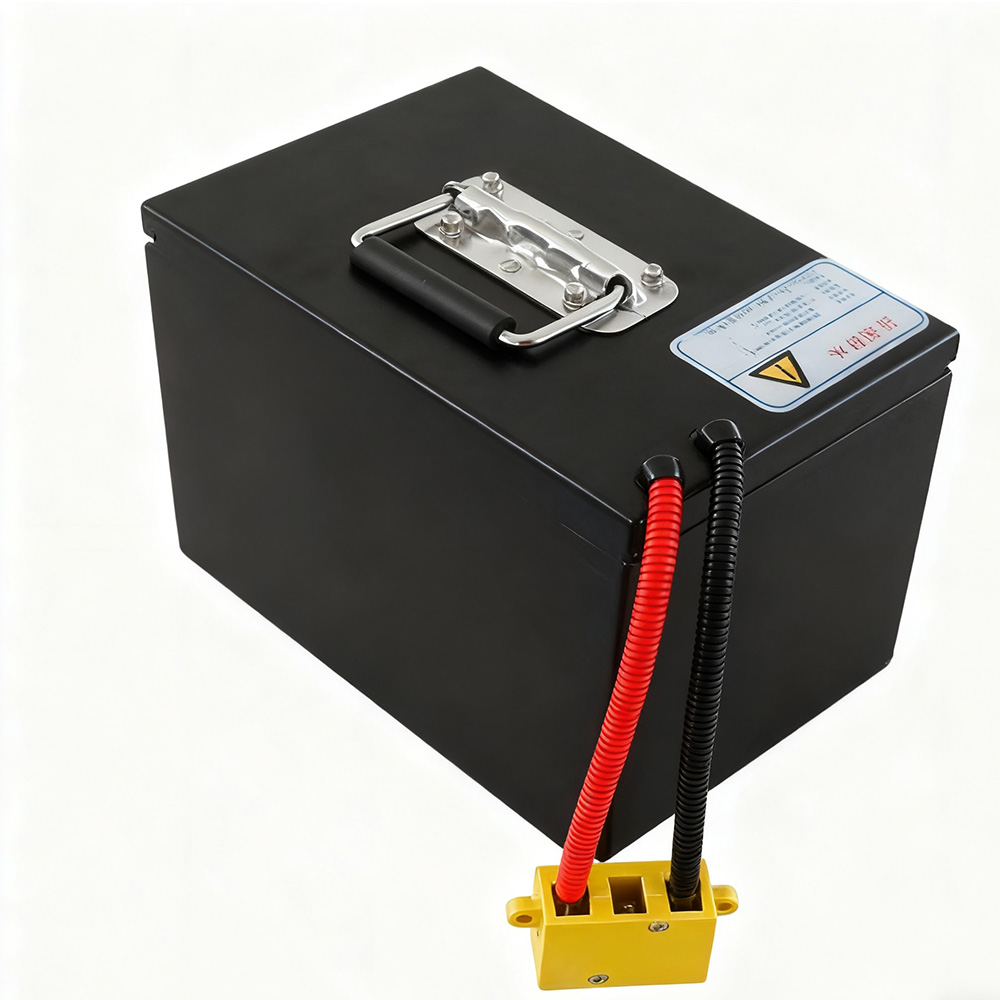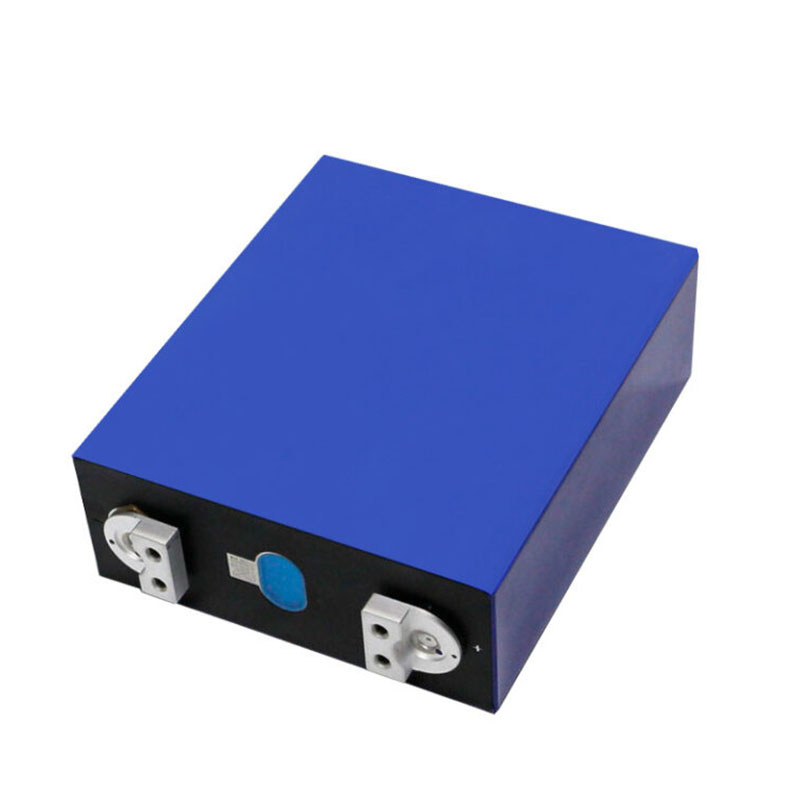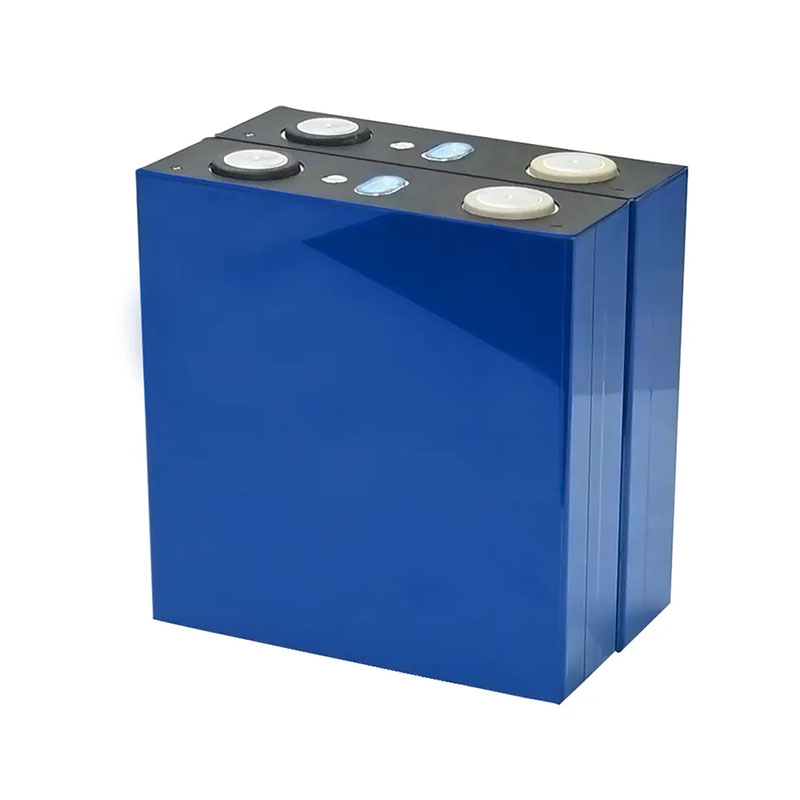Blog
Explore the Power of Lithium Innovation
Stay updated with the latest trends, technologies, and application insights in the world of lithium battery solutions
Search the whole station
Explore the Power of Lithium Innovation
Stay updated with the latest trends, technologies, and application insights in the world of lithium battery solutions
Portable energy has become a necessity for modern life—whether you’re powering devices during camping trips, outdoor adventures, or keeping a backup system ready for emergencies. Among various options, the 12V lithium iron phosphate (LiFePO4) battery pack stands out as a safe, efficient, and long-lasting choice.
If you’re interested in creating your own mobile energy storage solution, this step-by-step guide will walk you through the assembly process.
Safety comes first. Before installing the cells, add epoxy boards between each battery cell. These boards provide essential insulation, preventing short circuits and ensuring that the cells remain separated even when packed tightly together.
The LiFePO4 cells are the heart of the battery pack. Place them carefully into a solid enclosure or box designed to hold them securely. Proper alignment is important to maintain balance and long-term stability.
Protection boards act as the guardian of your battery pack. They monitor and regulate charging and discharging, preventing issues such as overcharging, over-discharging, and current overload. Just like in the first step, add epoxy insulation between the cells and the protection boards to keep everything safe and stable.
Now comes the critical electrical work. Connect the negative terminal (B-) of each cell to the main negative terminal of the pack, ensuring the cells are properly wired in series. Double-check the wiring when integrating the protection boards—this ensures reliable operation and safeguards your pack during both charging and use.
To keep components firmly in place, use nuts and bolts. Tighten them well, and for extra stability, consider adding adhesive or a thread locker. This is particularly useful if your pack will be used in environments with vibration or movement.
After the electrical connections, fix the battery components inside the enclosure with adhesive or glue. This not only prevents unwanted shifting but also adds another layer of protection against environmental factors like dust or minor impacts.
Finally, secure the outer casing of the battery pack. Depending on your design, you can use rubber bands, clips, or other fastening methods to make sure the enclosure remains tightly closed, protecting the cells and boards inside.
Assembling a 12V LiFePO4 battery pack requires patience, attention to detail, and a strong focus on safety. By following each step—insulation, cell installation, protection, wiring, and securing—you can build a portable power source that is both safe and reliable.
If you’re new to battery assembly, it’s always best to seek help from experienced professionals to avoid risks. With proper assembly and maintenance, your LiFePO4 battery pack can provide long-lasting portable energy for everything from outdoor trips to emergency backup.

48V LiFePO4 Battery with 46.5Ah–100Ah options. Up to 2000 cycles, wide temperature range (-20°C~60°C), IoT GPS smart features, and 3-year warranty. Perfect for e-bikes, electric vehicles, and home energy storage.

wholesale 3.2V 280Ah LiFePO4 lithium iron phosphate battery cells by Apsen Technology. Durable prismatic design with explosion-proof valve, ideal for EVs, solar storage, and industrial applications.

Buy wholesale 3.2V 80Ah LiFePO4 lithium iron phosphate battery cells by Apsen Technology. Safe, long-lasting prismatic cells ideal for electric vehicles, renewable energy storage, backup power, and industrial equipment.

wholesale 3.2V 160Ah LiFePO4 battery cells by Apsen Technology. Durable, safe, and long-lasting lithium iron phosphate cells with low internal resistance, ideal for electric vehicles, solar energy storage, and home backup power systems.

Wholesale 10KWh Power Wall from Apsen Technology — a reliable, high-capacity 48V 200Ah lithium iron phosphate battery with over 6000 cycles. Perfect for home solar storage, communication base stations, and energy backup. Customizable, safe, and efficient.

Buy high-quality 5KWh Power Wall mounted solar batteries with 48V 100Ah capacity. Featuring Grade A lithium iron phosphate cells, BMS protection, and over 6000 cycles lifespan. Ideal for home photovoltaic energy storage and communication base stations. OEM & wholesale options available.
advantages of 32700 LiFePO4 cells from custom factories. Explore their high current resistance, versatility, lightweight design, and applications in EVs, solar lights, and renewable energy storage.
View detailsDiscover how to select high-quality 18650 batteries with long cycle life, high energy density, and reliable safety features. Learn where to buy bulk 18650 batteries and how they compare to AA batteries in size, voltage, and performance.
View detailsIf you’re wondering whether to pick 18650 or 21700 cells for your scooter, I’ll break down my real-world results, from daily commuting to high-power builds.
View detailsDiscover the best camping battery pack options, from lightweight portable units to high-capacity solar-ready packs. Learn about custom and wholesale solutions for outdoor adventures.
View details
HelloPlease log in